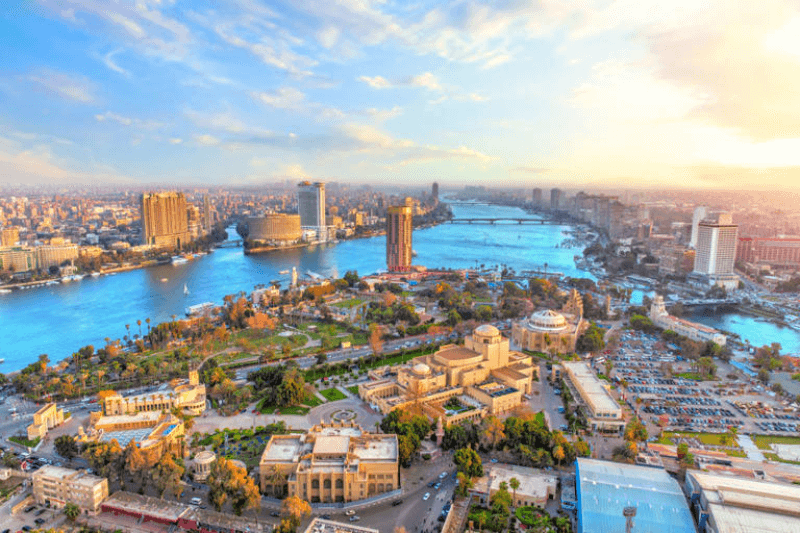Africa’s major urban centres, such as Cairo, Lagos and Johannesburg, will continue to lead Africa’s top 100 urban economies between now and 2035. In the year 2023, the combined nominal GDP of these cities was $1.4 trillion, and by 2035 this figure is expected to more than triple to over $5 trillion.
How does a city become the economic powerhouse of the future? Innovation, global investment or the resilience of its inhabitants? Africa’s urban landscapes are set to undergo seismic shifts in their economic fortunes by 2035.
The Economist Intelligence Unit predicts that by the mid-2030s, Africa’s 100 largest urban economies will be home to almost 400 million people, or around 21% of the continent’s population. Comprising both mega-cities and smaller capitals such as Libreville, Cotonou and Port Louis, these cities will generate more than 60% of Africa’s GDP.
In the year 2023, the combined nominal GDP of these cities was $1,400 billion, and by 2035 this figure is expected to more than triple to over $5,000 billion. These cities, however, are expected to grow at a stable compound annual growth rate (CAGR) of 6% over this period.
Africa’s major urban centres, such as Cairo, Lagos and Johannesburg, will remain at the top of Africa’s top 100 urban economies by 2035. Taken together, the 20 largest urban economies, which include megacities and fast-growing middleweights, will dominate almost 70% of Africa100 GDP (measured in 2020 prices and exchange rates) in 2035.
Keep Reading
They will be hubs of trade and industry, with dynamic consumer markets, advanced trade networks and strong industrial and import-export sectors.
This growth, however, comes with significant challenges. Towns and cities will have to cope with overcrowding, informal settlements, high unemployment, underdeveloped public services and the growing threat of climate change. Tackling these issues will be essential to unlock the full economic potential of Africa’s rapidly changing urban landscape.

